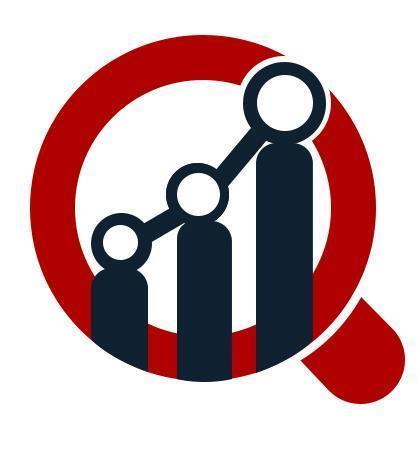Market Synopsis
As per the analysis by Market Research Future Reports (MRFR), the Global Automotive Simulation Market Size 2023 is majorly driven due to investment by automobile OEMs in developing the vehicle technology.
Developing smart electronics, safety-critical control software, and autonomous driving systems contribute to the expansion of the market.
In addition to it, the increasing concern for the environment has resulted in a rise in environment-friendly simulation program generators that drive the market. Besides, the increasing demand for designing simulators to control the weather, traffic, pedestrians, wildlife, and other vehicles have also contributed to the expansion of the market.
Furthermore, automotive simulation allows to re-engineer different parts of vehicles and innovates through rapid virtual prototyping and testing for electrification, smart controls, light-weighting, and energy efficiency. The evaluation of electric, hybrid, and conventional drive systems consist of thermal management, and operating strategies are estimated to propel the market. Automotive simulator and its software are regulated through modeling systems and real-time simulation, which helps in the coordination and configuration of the vehicle's regulation, driver feedback, and dynamics through a graphical interface.
The new vehicle test applications demand well-equipped devices, innovation, and environment-friendly solutions due to the increasing concern for protecting the environment. These factors have contributed significantly to expanding the market.
Automotive Simulation Market Research Methodologies
The analysts of the Automotive Simulation Market adopt advanced decision science approaches to identify current growth avenues and quantify them according to various segments relevant to the industries analyzed in the study.
The team is always keen on adopting the most suitable business research methodologies to obtain and analyze customer data—a mix of primary and secondary research--including surveys, focus groups, and qualitative analysis to throw light on the market. As a result, the readers and other market participants can obtain all-inclusive insights on analyzing the external and internal environments shaping the marketing strategies.
Value Chain Analysis of Automotive Simulation Market: External & Internal Environment
The changing policy frameworks including monetary policies of governments and financial landscape exert a strong influence on the investments and R&D funding in the Automotive Simulation market.
Together with this, the insights in the study present a deep-dive analysis of technological developments, ecological environment, and political and economic risks. The evaluation of the industry value chain also includes how social and cultural factors have shaped consumer behavior in the Automotive Simulation market.
Some of the key questions scrutinized are
- What are the key trends in economic, social, and regulatory environments that shape the product development lifecycle?
- Which new products and services are expected to find demand in the Automotive Simulation market?
- Which digital technologies are likely to drive consumer-value driven strategies in the Automotive Simulation market?
- Which are some the key price decisions made by customers in major application areas/end-industries defining the profit potential of firms in the Automotive Simulation market?
Automotive Simulation Market: Strategies to Generate Customer Value
The MRFR report on the Automotive Simulation market Share presents an in-depth evaluation of the potential revenue size in key consumer and industrial segments. The report by MRFR analysts takes a closer look at vertical and horizontal marketing strategies that will boost the profitability metrics of the companies in the Automotive Simulation market. The study also scrutinizes distribution channel strategies while analyzing competitive strategies by leading companies in Automotive Simulation market.
Some of the key questions scrutinized are
- Which are some of the market nicher and follower strategies that positively impact demand in the Automotive Simulation market?
- What are some of the mergers and acquisitions and strategic alliances in recent years which have opened up new revenue streams in the Automotive Simulation market?
- Which demographics-based segmentation should new entrants focus on to enter the Automotive Simulation market?
- What are some of the strategic alliances between companies that have impacted the intensity of competition in the Automotive Simulation market?
Global Automotive Simulation Market Growth: Identifying and Analyzing Lucrative Regions and Countries
The business intelligence study on the Automotive Simulation market identifies lucrative regions, emerging markets, and the key dynamics impacting the channels of distribution across the globe. The study presents the share of some of the developing and developed regions in the global Automotive Simulation market. The authors have analyzed some of the recent policy changes that may hinder the growth potential of key Automotive Simulation markets.
Market Competitors
The forefront players of the global automotive simulation market are ESI Group (Germany), dSPACE GmbH (Germany), ANSYS, Inc. (US), MOOG INC. (US), PG Automotive GmbH (Germany), Siemens PLM (US), Dassault Systèmes (France), and TESIS GmbH (Germany).
More Reports
Automotive Roof Racks Market Share
Automotive Data Logger Market Share
Automotive Tow Bar Market Share
Industrial Diesel Turbocharger Market Share
